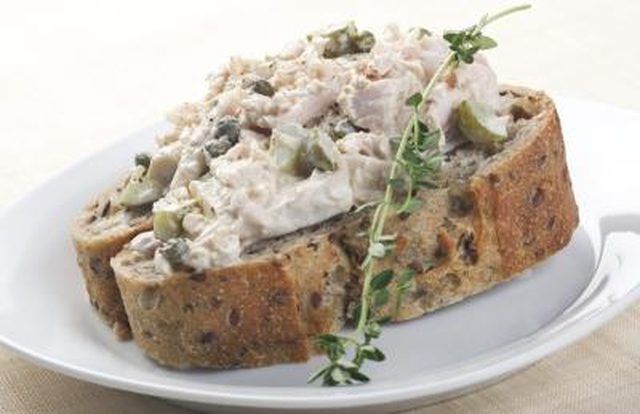Bulbs
Flower Basics
Flower Beds & Specialty Gardens
Flower Garden
Garden Furniture
Garden Gnomes
Garden Seeds
Garden Sheds
Garden Statues
Garden Tools & Supplies
Gardening Basics
Green & Organic
Groundcovers & Vines
Growing Annuals
Growing Basil
Growing Beans
Growing Berries
Growing Blueberries
Growing Cactus
Growing Corn
Growing Cotton
Growing Edibles
Growing Flowers
Growing Garlic
Growing Grapes
Growing Grass
Growing Herbs
Growing Jasmine
Growing Mint
Growing Mushrooms
Orchids
Growing Peanuts
Growing Perennials
Growing Plants
Growing Rosemary
Growing Roses
Growing Strawberries
Growing Sunflowers
Growing Thyme
Growing Tomatoes
Growing Tulips
Growing Vegetables
Herb Basics
Herb Garden
Indoor Growing
Landscaping Basics
Landscaping Patios
Landscaping Plants
Landscaping Shrubs
Landscaping Trees
Landscaping Walks & Pathways
Lawn Basics
Lawn Maintenance
Lawn Mowers
Lawn Ornaments
Lawn Planting
Lawn Tools
Outdoor Growing
Overall Landscape Planning
Pests, Weeds & Problems
Plant Basics
Rock Garden
Rose Garden
Shrubs
Soil
Specialty Gardens
Trees
Vegetable Garden
Yard Maintenance
What Part of the Thyme Plant Do You Eat?
What Part of the Thyme Plant Do You Eat?. Thyme is a small-leaved, fragrant herb in the Thymus plant family, which contains 150 species. Thyme is used in many recipes from soups to meat, and it's a favorite ingredient in Italy. All aerial portions of the plant are edible.

Thyme is a small-leaved, fragrant herb in the Thymus plant family, which contains 150 species. Thyme is used in many recipes from soups to meat, and it's a favorite ingredient in Italy. All aerial portions of the plant are edible.
Identification
Common thyme, or Thymus vulgaris, is a small perennial plant, growing no taller than 8 inches. When it is mature, the stems become woody and have tiny leaves that are grayish-green. Pink to lilac flowers are tiny and appear in summer. Both the leaves and the flowers are edible. You can use the stems, but they might be a bit woody to eat.
Growing Thyme
Thyme is a bit difficult to grow from its tiny seeds, so purchase a small bedding plant. Thyme needs all-day sun and soil that drains quickly. This herb is well suited to growing in a pot, either outdoors or inside your house. Although it is a perennial, it can become woody within three or four years; you might want to replace it with a new plant at that time.
Culinary Uses
The website Italiana states that the subtle taste of thyme leaves and flowers is best suited for use with mild meats such as pork, veal, chicken or turkey. It works especially well in dishes that do not require long cooking times or high temperatures. Lemon thyme is a stronger tasting thyme and is a good addition to dishes containing fish.